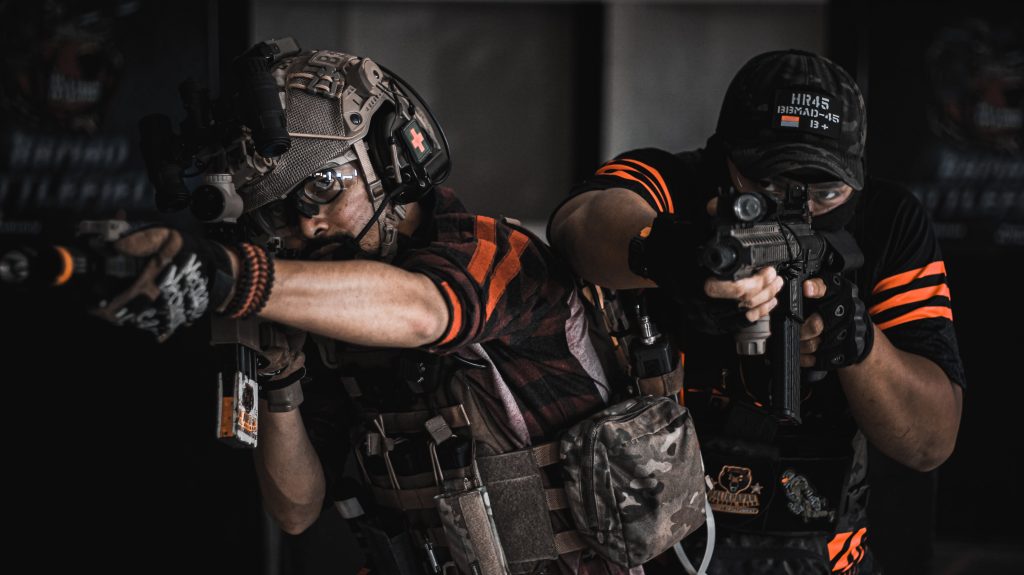In the ever-evolving landscape of military technology, the United States Armed Forces are making significant strides by harnessing the power of artificial intelligence (AI) to enhance joint combat operations. Across the branches – Army ground-launched drones, Navy surface warships, Air Force fighter jets, submarines, and satellites – a collaborative effort is underway to leverage AI applications, aiming to accelerate and streamline the complexities of modern warfare.
Swift Data Transmission and Secure Integration
One of the critical components of this collaboration is the acceleration of joint data-transmission technologies. The emphasis is not only on speed but also on securing the flow of information. The rapid integration of AI is key to aggregating, analyzing, and meshing disparate pools of data efficiently. Young Bang highlighted that the Army is aligning its modernization efforts with the Pentagon’s Chief Digital and AI Office (CDAO), signifying a pivotal step toward a more secure and interconnected military data infrastructure.
Building the Future: The Data Mesh Architecture
Collaboration with the CDAO involves crafting an “objective architecture around the data mesh.” In simpler terms, this means reimagining how data is handled, ensuring decentralization and actively participating in shaping the future data mesh architecture. It’s a work in progress that focuses on optimizing the present while laying the groundwork for future advancements.
The Pentagon’s CDAO is driving efforts to expand data analytics, striving to enhance the process through which AI-capable systems aggregate combat-relevant data. The goal is to navigate through incompatible transport layer technologies, creating a seamless flow of information and providing decision-makers with actionable intelligence.
JADC2: Merging AI Breakthroughs

The integration of AI aligns with the Joint All Domain Command and Control (JADC2) program. Deputy Defense Secretary Kathleen Hicks launched this program to ensure interfaces, IP protocols, and technical standards align across services. The addition of AI to JADC2 is a game-changer, as AI-enabled algorithms can swiftly identify critical moments, targets, and process vast amounts of intelligence data. This results in unparalleled efficiency, speed, and accuracy in sharing information across different military domains.
A Unified Front: Collaboration Across Forces
The collaborative spirit between the Department of Defense (DoD), Army, Navy, and Air Force is at the core of this technological transformation. These joint efforts have been instrumental in overcoming challenges and achieving breakthroughs that were once deemed unattainable. The focus is on creating a seamless synergy among diverse military assets, a crucial aspect of modernizing combat operations.
The Evolution of Joint-Combat Networking
For years, joint-combat networking has been a focal point for the Pentagon. Recent technological breakthroughs, fueled by AI applications and transport layer integration, have paved the way for unprecedented advancements. These innovations go beyond traditional boundaries, integrating otherwise incompatible data streams and laying the foundation for a more interconnected and efficient military force.
Principal Deputy Assistant Secretary of the Army for Acquisition, Logistics, and Technology, Young Bang, emphasized the urgency of collaboration during a recent Army Technical Exchange in Savannah, Georgia. The objective is clear: to ensure that the land-service and its joint partners are not just prepared but ready to “fight tonight.”
Conclusion: A New Era of Military Modernization
In conclusion, the collaborative efforts of the US Army, Navy, and Air Force, combined with the integration of AI, mark a new era in military modernization. Under the banner of “AI and Army: US Addition to Joint Combat Operations,” the focus on joint combat operations, swift data transmission, and the development of a data mesh architecture are propelling the United States Armed Forces into a future where seamless connectivity and operational efficiency define the success of joint combat missions


Join the Discussion